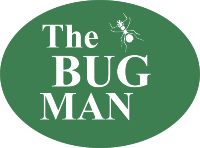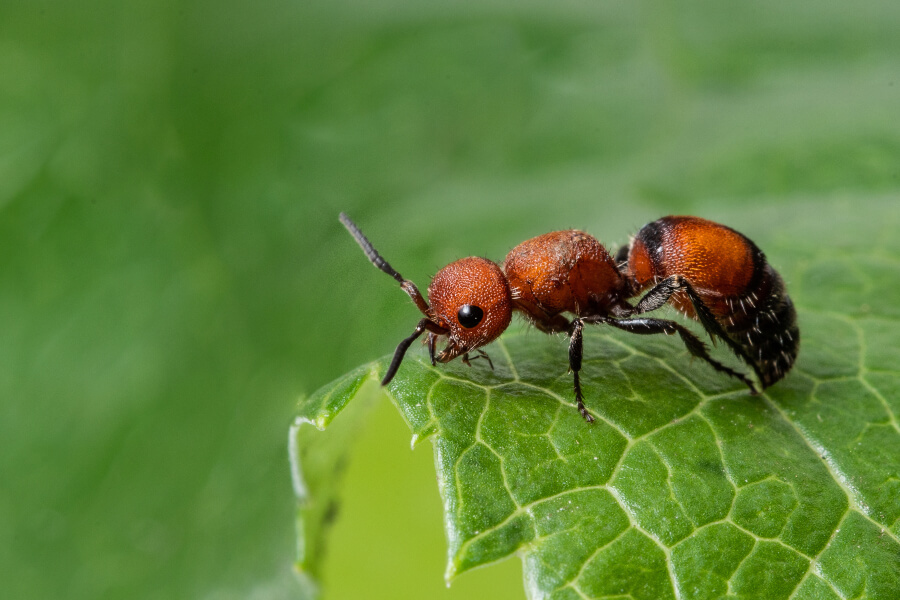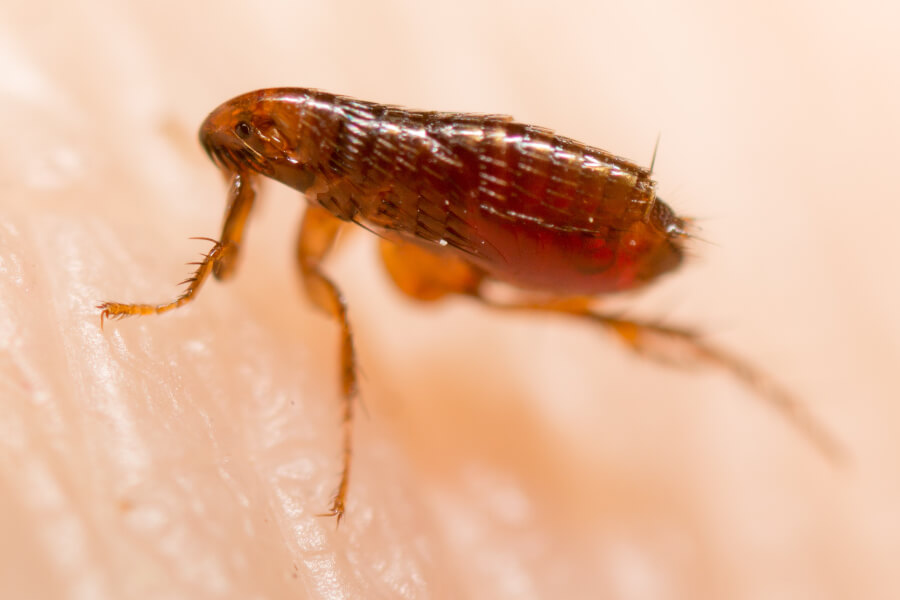Are you ashamed to call The Bug Man? We don’t think it’s shameful that you need our help. We’re proud of you for calling us and letting us help protect your family.
Customers are interesting.
Some of them rave about pest control.
“Now, honey, let me tell ya. I love your mosquito service. I can sit in my yard all day and not get a single bite. But my friend, Jeannie. Now she’s always gettin’ bit up real bad. But I’m not, cuz y’all come out here and spray my property and you do a real good job.”
Some of them have a lot of questions about pest control.
“So is your termite service separate from your pest control? Or is it all bundled together? What if I need one and not the other? Can I do that? Is that ok? How much does that cost?”
And, still, there are other customers who call us, with what sounds like a sense of shame.
“Uh. Hi. My name is_________. Um. *nervous laughter* I’ve…*clears throat* I’ve never called an exterminator before. *sigh* Wh-wh-wha-how, uh, how much does it cost to get rid of bugs? I’ve got mice. And I have seen a few spiders. And I really don’t like bugs. I’m sorry, I’m not sure what to ask you. I’ve never needed an exterminator before…”
We named this post “Shameless Plug” because we want you to feel shameless when you call us.
Rest easy, folks. It is ok to call the exterminator. It’s not a shameful thing to call The Bug Man. We don’t think you’re grimy and gross when you call us. Pretty much every homeowner has an encounter with bugs.
When you ask us to come treat your home, we don’t assume that it’s your fault that you’ve got bugs. We don’t imagine your home as a rickety shack destined to be featured on the show Hoarders.
Rather, we imagine you as a friendly Middle Tennessean. We envision you as a homeowner in Murfreesboro who wants to be educated on the best practices for keeping pests out. We think you’re a good mom or dad in Lebanon who wants to protect your family by keeping your home pest free.
Don’t be ashamed to call us, because we’re not ashamed of you. We are proud of you for taking care of your loved ones. And we’re honored that you let us help you do that.










